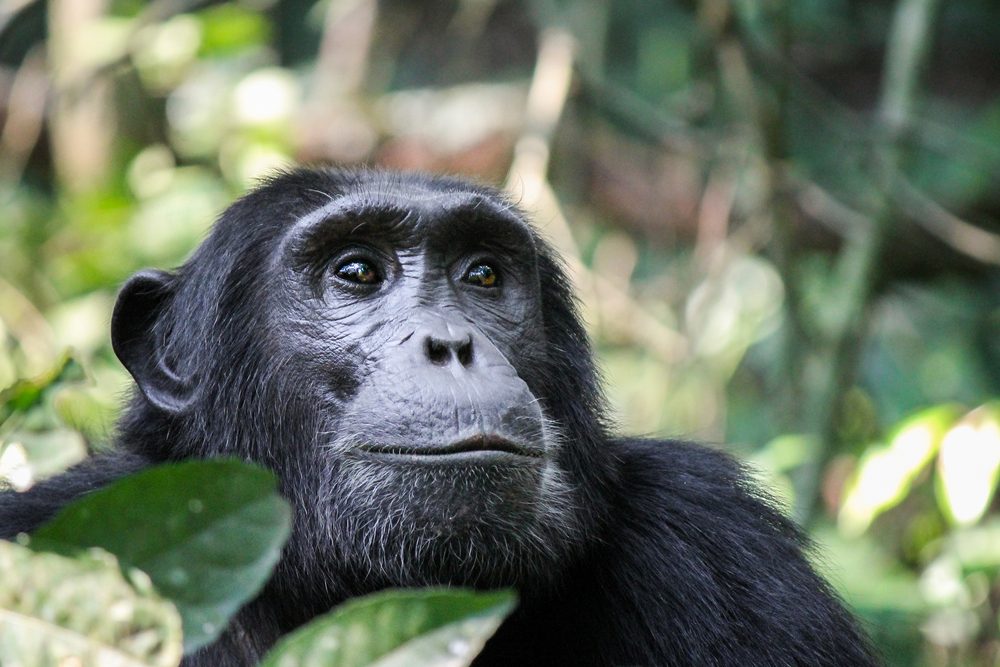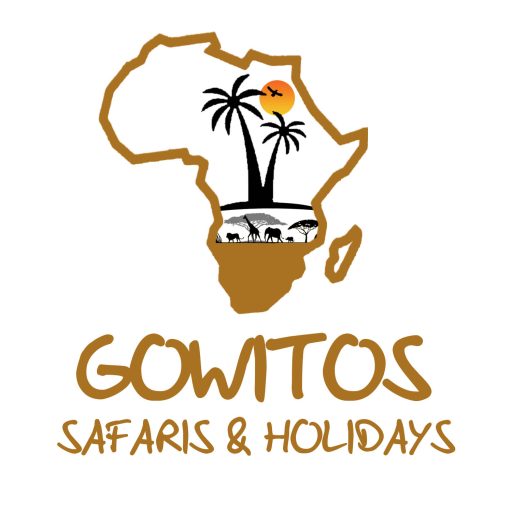

Gombe stream national park is a protected area and of the smallest national parks in Tanzania located western Kigoma region and lies in a distance of 20 kilometers north of Kigoma, the national park covers an area of 52 square kilometers bordering Lake Tanganyika to the west and thigh rift escarpment to the east.
Gombe stream national park is a prime habitat of chimpanzee in Tanzania first gazetted as a national reserve in 1943 and later it became a national park in 1968. Gombe national park is famed for being a centre for Jane Goodall’s research of chimpanzees which started in 1960 up to date, Jane Goodall’s research is the longest running research on earth and study of this kind. At the age of 25, Jane Goodall travelled to Tanzania in 1960 and with no formal college training she began her research on chimpanzees basing on the known fact that they share over 80% genetic code with the humans. During her studies, she researched on Fifi the matriarch who is the last remaining of the first group studied when Jane Goodall arrived at Gombe national park, at the time of her arrive Fifi was 3 years old and today she seen while on a chimpanzee tracking experience.
Gombe stream national park’s landscape is very much similar to that Mahale comprising of a sandy beach, steeps lopes and river valleys of vegetated mountains and dominated by rolling grasslands, evergreen and steep slopes covered in semi-deciduous forest. Gombe national park habits over 150 habituated chimpanzees and has been recognized as a prime primate territory in Tanzania, this park habits various species of primates such as baboons, blue monkeys, red tailed monkeys, black and white colobus monkeys and many more. Gombe national park is a great birdlife habitat with over 200 bird species, these birds include resident species and migratory bird species arriving in the park in the period of November to April. Bird species in Gombe national park include African broadbill, Black saw-wing, Crowned eagle, Double-toothed barbet, Kenya rufous sparrow, Livingstone’s turaco, Palm-nut vulture, Peter’s twinspot, Red-capped robin-chat, Red-chested cuckoo, Ross’s turaco, Yellow-rumped tinkerbird and many more
THINGS TO DO IN GOMBE STREAM NATIONAL PARK
Chimpanzee tracking
Chimpanzee tracking is the highlight safari activity of Gombe stream national park, the park hosts habituated chimpanzees which were prepared for tracking and made comfortable with human presence. Chimpanzee tracking in Gombe stream national park starts with briefing about rules and regulations to be followed, then head into the tropical forests in search for the chimpanzees. The pinnacle of this experience is finding the chimpanzees in their groups playing and going on with their own lives. While tracking for chimpanzees you also get to enjoy sights of dik-dik, bushbucks, bush pigs and many more.
Birding safari
Gombe stream national park is a paradise of Tanzania birding safaris, this boosts over 200 bird species including resident and migratory bird species, birding safari in Gombe stream national park offers an opportunity to enjoy sights of birds such as African broadbill, Black saw-wing, Crowned eagle, Double-toothed barbet, Kenya Rufous sparrow, Livingstone’s turaco, Palm-nut vulture, Peter’s Twinspots, Red-capped robin-chat, Red-chested cuckoo, Ross’s turaco, Yellow-rumped tinker bird and many more.
Guided nature walks
Gombe stream national park is an ideal destination for guided nature walks, the park is naturally gifted with steep valleys, streams and rivers and various vegetation covers such as alpine bamboo, tropical rainforests and grasslands which are encountered while on guided nature walk experience. On this same experience you get an opportunity to visit the old feeding station of Goodall’s foundation a place where Goodall began his exercise of studying the chimpanzees. The old feeding station is also where Henry Stanely met Dr, Livingstone in 1871.
Boat rides
Boat rides in Gombe park offer spectacular views of the green environment and blue waters, boat rides are offered on Lake Tanganyika and rivers in the park. Boat rides in Gombe national park are arranged upon request and offered in the morning and afternoons, this experience rewards the tourists with sights of birds, animals such as chimpanzees and a great opportunity for taking amazing pictures.
Hiking safaris
Hiking safaris in Gombe stream national park is an adventurous safari experience offering amazing encounters with the green vegetation of the park and scenic views of the surrounding, hiking double as an exercise activity as it tests your physical ability and puts an individual’s muscles at work. Hiking in Gombe stream national park takes you through heavily forested green hills and tropical forests, hiking offers sights of unique wild flower species and plants, wildlife species such as chimpanzees and birds such as trumpeter hornbill, horn bill, kingfishers, sunbirds, Palmnut vulture and many more.
Fishing safaris
Fishing safaris in Gombe stream national park are very entertaining safari activity in which tourists get to test their fishing techniques just for fun, this experience is done in the waters of Lake Tanganyika. Lake Tanganyika hosts a variety of fish species such as Lake Tanganyika sardine, Tanganyika killifish, Lake Tanganyika sprat, Tanganyika slates and huge tilapia which are caught while on the fishing experience. To do fishing safari in Gombe stream national park you need to purchase a fishing permit which comes with a fishing guide.
Swimming safaris
Gombe national park is situated close to Lake Tanganyika the second oldest fresh water lake in the world and the second largest lake in East Africa, it is this lake where swimming safaris in Gombe national park are done. Swimming safaris offer a refreshing and a relaxing experience way from the scotching sun as you enjoy playing in the calm waters of the lake.
HOW TO ACCESS GOMBE STREAM NATIONAL PARK
Gombe stream national park is only accessed by water and air means of transport, by air transport domestic flights are offered from Julius Nyerere International airport in Dar-es-Salaam to Kilimanjaro international airport. From Kilimanjaro international airport you transfer to Kigoma by use of a vehicle, by water transport a boat is bordered from Kigoma to the park.


